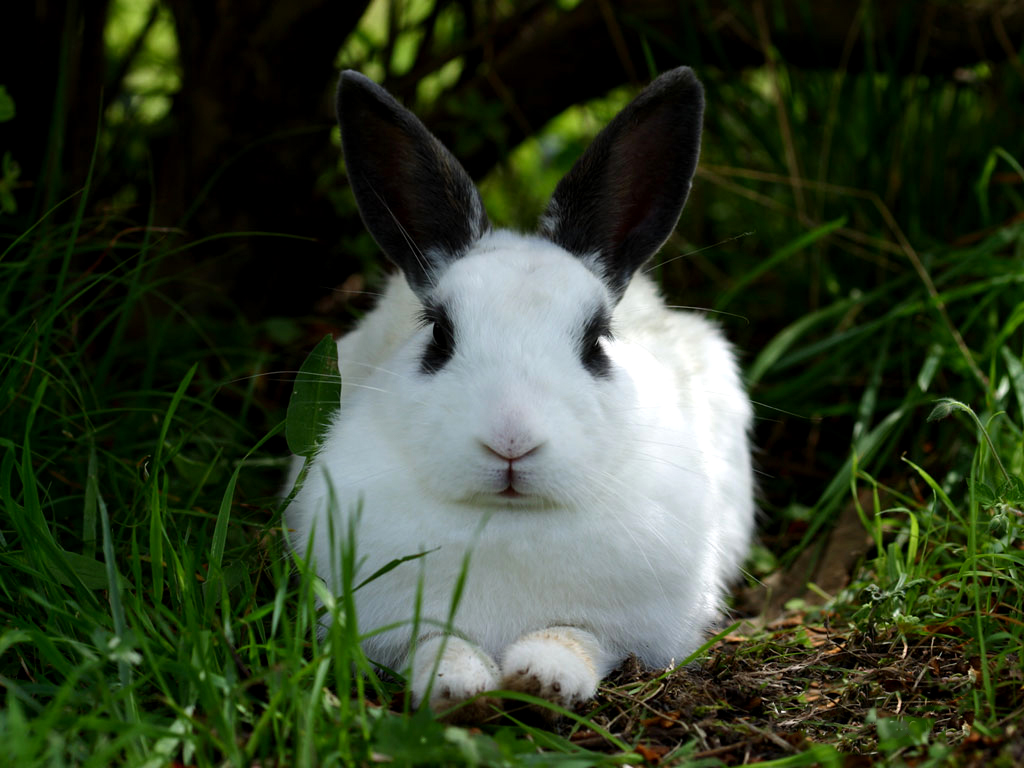
The Remarkable World of Rabbits
Rabbits, known for their long ears, twitching noses, and cotton-ball tails, have captured the hearts of many with their charming appearance and engaging behaviors. As members of the family Leporidae, rabbits encompass several species within the genera Oryctolagus, Sylvilagus, and others. While the European rabbit (Oryctolagus cuniculus) is perhaps the most well-known, due to its domestication and widespread introduction around the globe, various species exist, each adapted to its unique environment.
Habitat and Distribution
Rabbits are highly adaptable creatures, found in diverse habitats ranging from meadows, woods, forests, grasslands, deserts, and wetlands. They are native to several continents, including Europe, Africa, and parts of Asia. However, human activity has significantly expanded their range. The European rabbit, for example, has been introduced to Australia and New Zealand, where it has thrived, often to the detriment of local ecosystems.
Physical Characteristics
Rabbits are characterized by their powerful hind legs, which enable them to leap great distances to evade predators. Their ears, which can be as long as 10 centimeters, are not only a distinctive feature but also serve a crucial role in thermoregulation and predator detection. The size of a rabbit can vary greatly depending on the species, with some domestic breeds weighing as little as 1 kilogram, while larger breeds can reach up to 10 kilograms.

Reproduction and Lifespan
Rabbits are known for their prolific breeding. They reach sexual maturity at a young age and can produce several litters each year, each containing multiple offspring. This high reproductive rate is an evolutionary adaptation to offset high predation rates. A typical gestation period lasts about 30 days, and a mother rabbit, or doe, can give birth to a new litter shortly after weaning the previous one.
In the wild, the lifespan of a rabbit is relatively short, often ranging from one to two years due to predation and environmental factors. However, domesticated rabbits, when provided with proper care, can live significantly longer, often between eight to twelve years, with some even reaching 15 years of age.
Behavior and Social Structure
Rabbits exhibit a range of behaviors that facilitate their survival. They are crepuscular, meaning they are most active during dawn and dusk, which helps them avoid many predators. Rabbits are also known for their burrowing behavior. Many species, like the European rabbit, live in complex burrow systems called warrens, which provide shelter and protection from predators and harsh weather.
Socially, rabbits can be quite complex. While some species are solitary, others, like the European rabbit, are highly social, living in groups that have a well-defined social hierarchy. This social structure helps them in foraging and provides collective vigilance against predators.

Diet and Foraging
Rabbits are herbivores, primarily consuming grasses, leaves, and shoots. Their diet can also include vegetables, bark, and twigs. They have a unique digestive system that allows them to extract maximum nutrition from their food. A key aspect of their digestion is the process of reingestion, where they produce two types of feces: hard pellets and soft, nutrient-rich cecotropes, which they eat to further digest and absorb nutrients.
Interaction with Humans
Throughout history, rabbits have had a multifaceted relationship with humans. They have been hunted for their meat and fur, raised as pets, and featured in various cultural and religious symbolisms. In agriculture, rabbits are often considered pests due to their tendency to feed on crops. Conversely, their burrowing behavior can aerate the soil and their droppings can serve as natural fertilizers.
In some parts of the world, the introduction of rabbits has led to significant ecological challenges. For instance, in Australia, the absence of natural predators allowed rabbit populations to explode, leading to severe overgrazing and erosion. Efforts to control these populations have included a range of strategies from fencing and hunting to biological control measures like the introduction of diseases specific to rabbits.

Conservation and Protection
While some rabbit populations are thriving, others are not. Habitat destruction, climate change, and disease can threaten rabbit species. Conservation efforts are underway to protect endangered species and manage populations in ways that balance ecological needs.
Cultural Significance
Rabbits hold a special place in many cultures. In folklore, they are often depicted as clever and quick, a symbol of fertility and renewal. The rabbit is also a central figure in various mythologies and literary works, such as the “Alice in Wonderland” series by Lewis Carroll, where the White Rabbit leads Alice into a world of wonder and discovery.

Conclusion
Rabbits are extraordinary creatures that play significant roles in their ecosystems and human society. Their adaptability, reproductive prowess, and unique behaviors make them a fascinating subject of study and admiration. Whether seen as pets, pests, or symbols in stories, rabbits continue to intrigue and charm people around the world, reminding us of the rich diversity of life with which we share our planet.